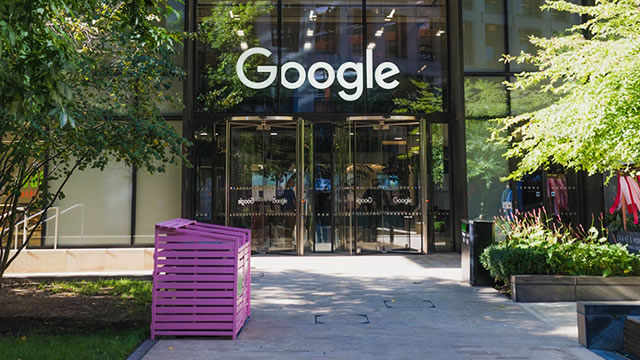The U.S. Power Capacity Crisis: Google’s Shift Towards Nuclear Power
The technological revolution, spearheaded by the tech sector’s investment in artificial intelligence (AI), is transforming the way we live and work. However, this digital transformation comes with a hidden challenge: a looming power capacity crisis. Caroline Golin, an energy executive at Alphabet’s Google unit, shed light on this issue during a recent interview.
Google’s Dilemma: Renewables and Backup Power
Golin revealed that Google, one of the world’s largest consumers of electricity, had been relying heavily on renewable energy sources like wind and solar power for their data centers. However, they soon realized that these intermittent sources required a reliable backup power system to ensure uninterrupted operations.
The Shift to Nuclear Power
In response, Google began exploring various options to address this challenge. After considering multiple alternatives, they opted for nuclear power. This decision was driven by the fact that utilities were investing heavily in natural gas to serve as a backup power source for renewable energy.
Why Nuclear Power?
Nuclear power, which provides a consistent, large-scale energy source, seemed like an ideal solution for Google. It offers several advantages over other backup power sources. Nuclear power plants can generate electricity continuously, providing a steady and reliable power source for data centers. Moreover, unlike natural gas, nuclear power does not emit greenhouse gases during operation, making it a more sustainable choice.
Impact on Consumers
The growing demand for reliable backup power sources is not just an issue for tech giants like Google. This trend is expected to have a significant impact on consumers as well. As more companies invest in AI and other data-intensive technologies, the demand for electricity and backup power will continue to rise. This could lead to higher electricity bills for consumers as utilities invest in more expensive power sources like nuclear power to meet the growing demand.
- Higher electricity bills due to increased investment in backup power sources
- Possible increased use of nuclear power in electricity generation
Impact on the World
The shift towards nuclear power as a backup power source for renewable energy could have far-reaching consequences for the world. On the one hand, it could help mitigate the challenge of intermittent renewable energy sources, enabling a more sustainable energy mix. On the other hand, it could lead to increased nuclear proliferation, raising concerns about nuclear safety and security.
- Mitigation of intermittent renewable energy sources’ challenge
- Potential increase in nuclear proliferation
Conclusion
The tech sector’s investment in AI and other data-intensive technologies is driving a surge in demand for electricity and reliable backup power sources. Google’s decision to turn to nuclear power to address this challenge is a significant development in the energy landscape. While this shift could lead to more reliable and sustainable energy sources, it also comes with potential drawbacks, including increased electricity bills for consumers and potential nuclear proliferation. As the world navigates this energy transition, it is essential to carefully consider the implications and work towards a balanced energy mix that addresses both the environmental and economic challenges.
Stay informed about the latest developments in technology and energy by following reputable news sources and engaging in thoughtful discussions with experts in the field.





